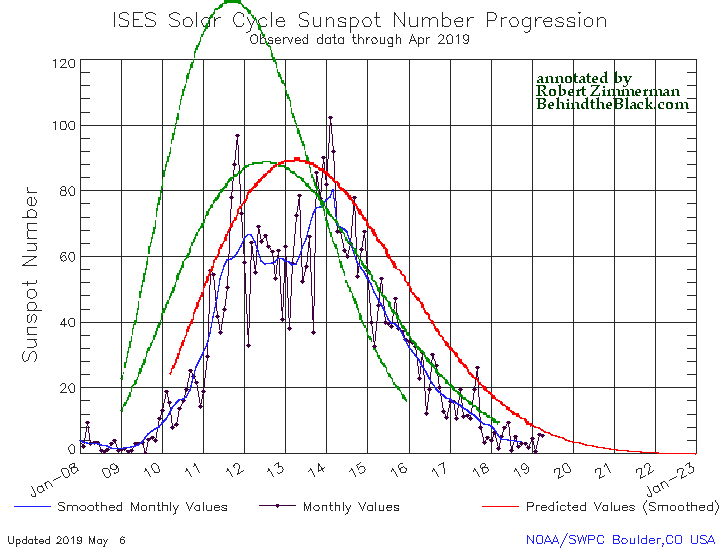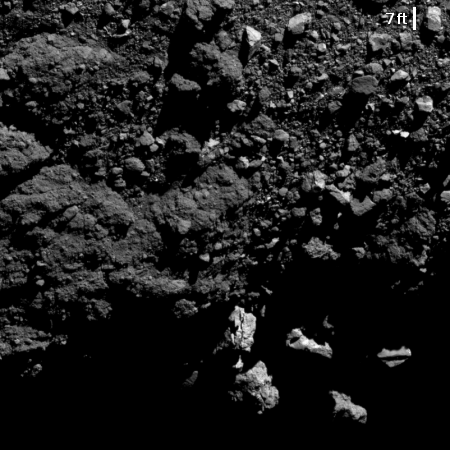April parachute test for manned Dragon had problems
In testimony yesterday before Congress NASA’s chief of human spaceflight, Bill Gerstenmaier, revealed that during a test of the parachute system SpaceX will use on its manned Dragon capsule there was a problem.
The test appears to have occurred last month at Delamar Dry Lake in Nevada, where SpaceX was conducting one of dozens of drop tests it intends to perform to demonstrate the safety of its Crew Dragon spacecraft. This was a “single-out” test in which one of Dragon’s four parachutes intentionally failed before the test. “The three remaining chutes did not operate properly,” Gerstenmaier said.
…The test sled, Gerstenmaier confirmed, was “damaged upon impact with the ground.”
The cause of the failure, which might have been parachute design or a failure in the test equipment (such as the release from the airplane) is still being investigated.
This news, combined with the failure during Dragon thruster tests, also in April, likely guarantees that SpaceX will not launch in 2019. If it were up to SpaceX, I think they could get these issues dealt with and fly, but their customer is NASA, and NASA is notoriously slow at investigating and fixing engineering test problems like these.
My next post above underlines this conclusion.
In testimony yesterday before Congress NASA’s chief of human spaceflight, Bill Gerstenmaier, revealed that during a test of the parachute system SpaceX will use on its manned Dragon capsule there was a problem.
The test appears to have occurred last month at Delamar Dry Lake in Nevada, where SpaceX was conducting one of dozens of drop tests it intends to perform to demonstrate the safety of its Crew Dragon spacecraft. This was a “single-out” test in which one of Dragon’s four parachutes intentionally failed before the test. “The three remaining chutes did not operate properly,” Gerstenmaier said.
…The test sled, Gerstenmaier confirmed, was “damaged upon impact with the ground.”
The cause of the failure, which might have been parachute design or a failure in the test equipment (such as the release from the airplane) is still being investigated.
This news, combined with the failure during Dragon thruster tests, also in April, likely guarantees that SpaceX will not launch in 2019. If it were up to SpaceX, I think they could get these issues dealt with and fly, but their customer is NASA, and NASA is notoriously slow at investigating and fixing engineering test problems like these.
My next post above underlines this conclusion.




